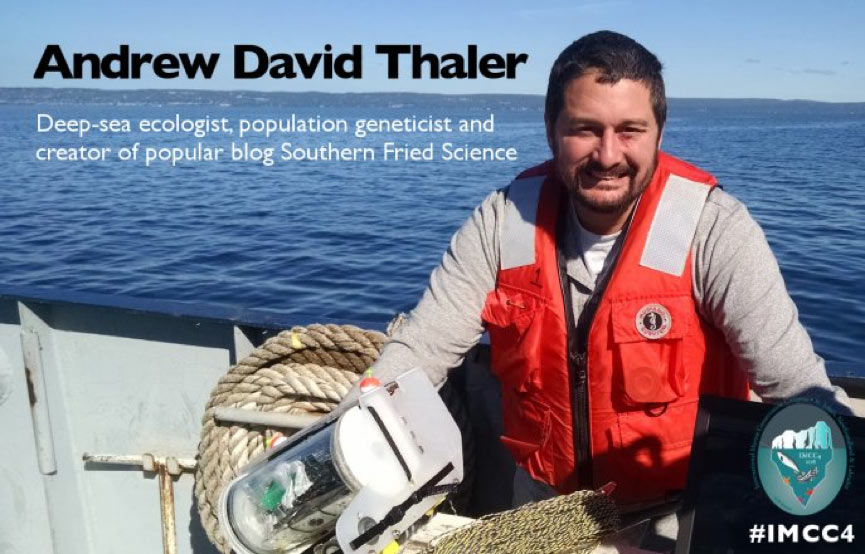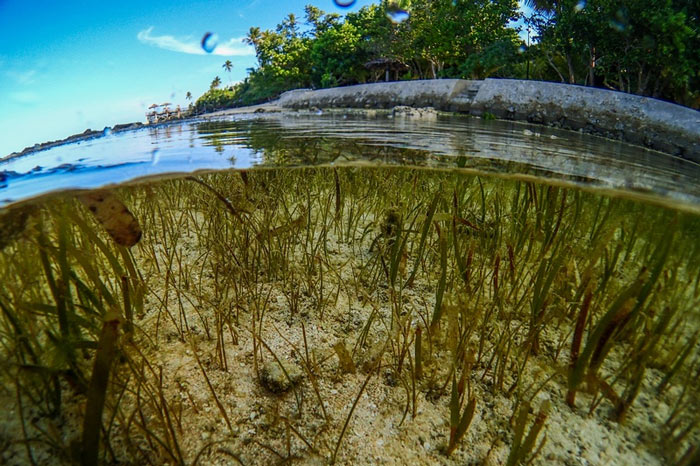Searching for seagrass on Skye

Scotland threw it all at us, and I think for the most, we enjoyed every part! After 13 hours on the road, we turned off to Heaste, the village we were staying in on the Isle of Skye. We headed off down a single-track lane, full of blind corners and summits, with the snow coming in […]
The 4th International Marine Conservation Congress – Making Marine Science Matter.

www.conbio.org The International Marine Conservation Congress (IMCC) represents one of the most important international meetings for marine conservation professionals and students. IMCC4 was recently held in St. John’s Newfoundland and Labrador between 30 July – 3 August 2016, building on from the success of Glasgow in 2014 and bringing together conservation professionals and students from […]
Project Seagrass goes to Cornwall

As masters students from both Swansea and Glasgow Universities, we’re both currently carrying out seagrass related research projects. Beth is performing her masters project, and Lauren is performing her final year honours project. Beth is studying the impacts of chain moorings on seagrass, particularly looking at how chain width effects the size seagrass scars. Beth […]
Intern Spotlight: Laura Pratt

As a third year Biology Student from Cardiff University, I’ve been lucky to get involved with Project Seagrass, which has its offices within the University. I first started working with the team last summer when I took part in an 8 week CUROP placement (Cardiff University Research Opportunities Programme) at the Sustainable Places Research Institute. […]
Long Lost Seagrass & Our Spring Survey Report

During April I returned to the Llyn Peninsula, along with Project Seagrass directors RJ Lilley, Ben Jones and Richard Unsworth to conduct the Spring SeagrassWatch survey, 1/4 of the yearly seagrass monitoring survey that we’ve been conducting at Porthdinllaen for the past two years. In addition, we also checking seeds from Project ReStore and also completed an additional survey […]
A New Dawn For Scottish Seagrass

Seagrasses grow all around the coast of the UK and around our islands within the intertidal zone. Scotland plays host to the highest abundance of seagrass when compared to the rest of UK, this is due to the better water quality and also a higher number of available sheltered sites around the coast of Scotland. […]
Where is all the seagrass? Project Seagrass wants you to help!
Help us record the seagrass near you At Project Seagrass we created a conservation tool that could lead to new discoveries about one of the ocean’s most underappreciated habitats — seagrass. With our new phone app and website, Seagrass Spotter, ocean enthusiasts around the British Isles can become citizen scientists who contribute to marine conservation, with […]
A Glimmer of Hope for Seagrass in the Wakatobi National Park?

Back in December 2015 I spent a couple of weeks in the Wakatobi, Indonesia, initiating phase II of the Wakatobi Seagrass Program. This seeks to build on work carried out though a previous project “Recognising the role of seagrass meadows in food security: re-prioritising the marine conservation agenda” (2011-2014), which was conducted in the same […]
Restoring our Damaged Seagrass Meadows

When you think about areas requiring bold initiatives to protect the environment, the small Welsh costal village of Porthdinllaen might not be the first place that comes to mind, and with only two dozen buildings and a miniscule population you might find it surprising that the environment there is under threat. Porthdinllaen is a part […]
CERF 2015 – Grand Challenges in Coastal and Estuarine Science

A long-standing tradition of Coastal and Estuarine Research Federation (CERF) conferences is the friendly and collegial environment and the unwavering support for early career scientists. This #CERF2015 was no exception with a multitude of leading marine scientists inspiring the next generation with #OceanOptimism as together we tackle the Grand Challenges together. This was despite a […]

